When asked during last year’s FN50 survey their thoughts on the role of artificial intelligence (AI) in fleet, almost three-quarters of leasing bosses said it was either a ‘wait and see’ policy or ‘under review’.
Wait and see? Tell that to Samsara. The USA-based tech company started embedding AI into its portfolio seven years ago, and it is now a foundational part of almost all its products, playing a key role in helping fleets to manage safety, efficiency, maintenance and route planning more effectively.
Such is its impact, that the return on investment on Samsara’s telematics, routing and camera products is now measured in “weeks, not months”, according to chief marketing officer Meagen Eisenberg.
“Margins matter, even £1, so delivering savings matters,” she told Fleet News during one of her regular trips to the UK from her Californian base.
“AI is the wingman, keeping drivers safe, reducing cost and helping fleet managers to do their job better. We have more than 80% customer adoption of AI features because they are simply being integrated into the service that we provide to make their job easier and to save money.”
During judging for the Fleet News Awards in February, a prominent theme emerged as the panel interviewed hopeful candidates for the six fleet categories: a large number had started using Samsara products and the positive outcomes were interwoven into their entry submissions.
So why is the Silicon Valley company making such a big impression with UK fleets?
“It’s the wow factor when we show them demos,” said Eisenberg. “It’s the insight levels, the learning and training, the marriage between hardware and software, the tooling drivers get, the speed of information and the automation. It’s the modern experience, especially when compared to products that haven’t changed in a decade.”
Backing up that final point is that fact that many of the business wins have come from companies using rival telematics products. Often, the potential upheaval and cost of switching suppliers can be a deterrent to change; that appears not to be a barrier for Samsara.
At its biannual ‘Beyond’ conference for customers, investors and analysts, Samsara takes the opportunity to reveal the next steps in its roadmap. There’s always plenty to talk about.
However, first, a step back. Samsara was co-founded a decade ago by tech entrepreneurs Sanjit Biswas and John Bicket. Biswas remains as CEO and Bicket as CTO following the New York Stock Exchange listing in 2021, and they are the twin driving force behind the relentless platform and product development.
The company’s foundations were laid in the truck market, particularly transportation and warehousing, but its footprint has widened to encompass all types of fleets with multi-asset vehicles, as well as those with a need to track non-vehicle assets.
Safety, efficiency and sustainability
Safety is at the heart of Samsara’s product proposition, closely supported by efficiency and sustainability.
Its core product offer revolves around the telematics and routing platform, as well as a multi camera system. Customers who make the switch are often moving from two, three or even four separate systems onto one platform, with one set of data and reporting, and one invoice.
With many fleet decision-makers complaining of a data overload from managing information coming from myriad sources, it’s easy to see the appeal of bringing everything together.
Linking telematics to dual cameras (external and internal facing) is becoming more common on UK fleets, although there is still some resistance to driver-facing recordings; in contrast, there is almost universal acceptance in the USA.
So-called ‘exoneration events’ – where a driver is cleared of fault thanks to the video evidence – can swing the pendulum in their favour, though.
“If you have one of these, especially if there was a death involved, it can be huge for the driver to know, and have proof, that it wasn’t their fault,” Eisenberg said. “It can affect their entire life.”
The AI-enabled dual cameras – which can be upgraded by up to four cameras for 360-deg vision - are also core to Samsara’s live in-cab coaching initiative. It gives a verbal prompt to correct poor driving behaviour, such as speeding, travelling too close to the vehicle in front or using a mobile phone behind the wheel.
A 30-second recording is also sent to the driver via an app so they can review their actions. In addition, the driver will receive one of Samsara’s bespoke best practice training videos to help with driver coaching.
Higher risk events are escalated to the fleet decision-maker or line manager who can set the threshold by which they are alerted to misdemeanours, such as number of instances or severity of incident.
Coaching feedback can also be tailored to vehicle type and road type – for example setting a speeding tolerance of 1mph over the limit around schools, but 5mph on the motorway.
Rewarding good driver behaviour
However, it’s not all about identifying poor driver behaviour; AI can also detect good performance and automatically send a reward. This might be a simple thank you or gift cards depending on each company’s preference for positive reinforcement.
“We launched the rewards offer at the end of March and it has been rolled out to all customers – take-up and usage is around 65-75%,” said Eisenberg.
“The fleet is under control of how it is deployed and what gets rewarded, such as no speeding for a month, or overall great driver, or even ad hoc. Even just a ‘thank you’ is powerful.”
Safety is not just about incident prevention while driving; Samsara also seeks to protect vehicle occupants, especially vulnerable lone workers, by offering a panic button which can be pressed if something is happening outside the vehicle.
It saves the video footage from the previous 30 seconds and continues to record the next minute or so.
Protection while working away from the vehicle is offered by a small, lightweight wearable device designed to protect frontline workers 24/7 by providing access to emergency services in just one click, as well as fall detection and proactive weather threat alerts.
With a year-long battery life, the product geolocates the worker and records everything if activated, with the footage sent to the company.
Overwhelmed by data?
With potentially hours of footage being sent to fleet decision-makers every day, AI has another attribute to prevent them from becoming overwhelmed: it can summarise videos, informing them when something happens and whether it was low or high risk with recommended actions to be taken.
It can also automatically identify false positives, such as a hard braking event due to an animal running out into the road, so the fleet manager does not need to review the video.
Coupling the telematics and camera package with Samsara’s routing platform offers a compelling proposition for fleets with high mileage vehicles and essential delivery services. It also shifts the benefits beyond mere safety into efficiency.
The system assesses the product, delivery addresses/windows, traffic and the type of vehicle (including weight and height – say farewell to bridge strikes) to pinpoint the most efficient routes and delivery schedules based on the fleet’s optimisation priority - for example, maximising order delivery volumes per day, minimising travel costs, minimising mileage or minimising drive time.
The most recent product update also enables Samsara to overlay real-time weather data pulled from the national weather service for re-routes and to alert workers of imminent threats such as fire, heavy rain and more.
Samsara data suggests its routing system results in a 15% reduction in the number of vehicles required for deliveries and an equally significant saving of manual back-office routing time.
“It would take hours for a human to do this; AI does it in seconds,” Eisenberg said.
As if that wasn’t impressive enough, the AI benefits go even further. Samsara’s HappyRobot will call or email the person or company waiting for the delivery or service to arrive to update them on arrival times. It can also feed back any new instructions, such as a different place to drop off or parking directions, to the driver.
“AI keeps everyone in the loop,” added Eisenberg.
Checking the daily checks
Such AI-enabled efficiency gains also extend into vehicle inspections and fault code monitoring.
The former ensures that daily checks are properly completed by viewing drivers’ walkaround paths, the duration of the inspection and quality of the photos. It triggers real-time alerts for missed vehicle inspections as well as reviewing results and violations and auditing driver behaviour.
Meanwhile, preventative and pre-emptive maintenance action is now facilitated through AI, which deciphers fault codes and creates maintenance work orders. AI invoice scanning uploads external vendor invoices into the platform, reducing admin time and errors associated with manual entries.
While unwilling to fully lift the lid on Samsara’s future product roadmap, Eisenberg did reveal that it would “double down on sustainability” by creating data-based learnings on electric vehicle usage, such as analysing the impact on efficiency of driving on hilly routes versus flat roads, maintenance and recharging events.
With so much innovation resulting in a constant stream of new products, it can be hard for customers to keep up, admits Eisenberg.
However, one thing fleets don’t have to worry about is an ever-spiralling cost of investment.
Software-related services are all included within the Samsara proposition; additional fees are only payable for separate devices, such as Samsara Wearable.
“If it’s a software benefit, such as coaching, it’s all within the platform,” Eisenberg confirmed.
New Academy training
This includes a new Academy feature which launches at the end of July. It helps companies to onboard new drivers by providing training videos (either Samsara produced or the company’s own).
And, as with all Samsara services, managers can see if the employee has viewed them to ensure compliance.
Samsara is also looking to make better use of its safety index, which is already available within customer’s dashboards.
Eisenberg’s vision is to empower fleets to use the data to benchmark their performance against their peers. This might be by industry sector, vehicle profile, area of country or size of fleet, depending on how the individual company wants to measure and compare its performance.
“We need to teach them how to use it and then we can publish information so the customer can benchmark themselves against other companies,” she said.






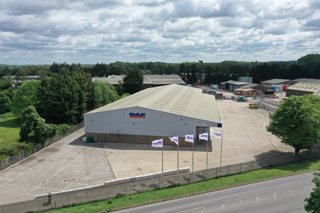


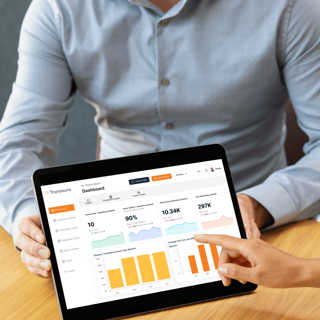

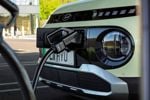
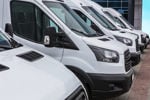

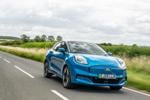

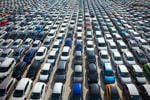

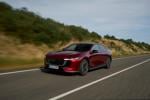

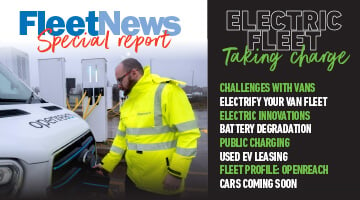
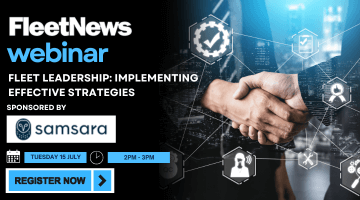
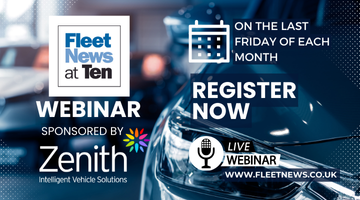
Login to comment
Comments
No comments have been made yet.